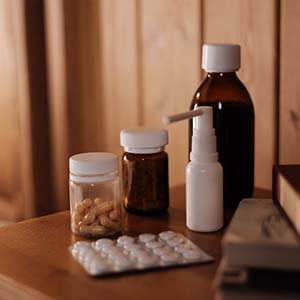Original Articles
Vol. 16 No. 1 (2022)
Efficacy and safety of a new mometasone furoate nasal spray formulation in patients with acute rhinosinusitis: a randomized clinical trial

Publisher's note
All claims expressed in this article are solely those of the authors and do not necessarily represent those of their affiliated organizations, or those of the publisher, the editors and the reviewers. Any product that may be evaluated in this article or claim that may be made by its manufacturer is not guaranteed or endorsed by the publisher.
All claims expressed in this article are solely those of the authors and do not necessarily represent those of their affiliated organizations, or those of the publisher, the editors and the reviewers. Any product that may be evaluated in this article or claim that may be made by its manufacturer is not guaranteed or endorsed by the publisher.
Received: 10 September 2022
Accepted: 10 October 2022
Accepted: 10 October 2022
3331
Views
761
Downloads
231
HTML







